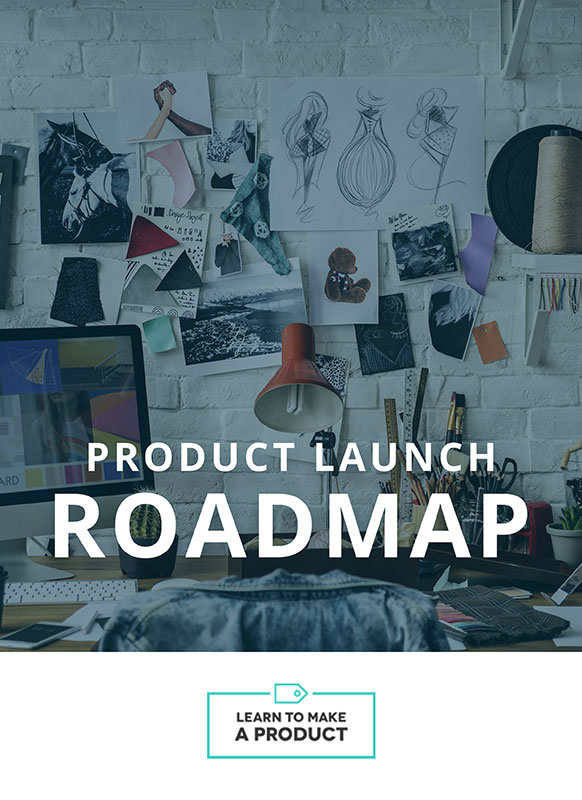Most e-commerce businesses are self-funded, meaning people take out loans, draw from their savings, or use a portion of their regular income to fund a project.
Bootstrapping has a less glamorous reputation than say, getting venture capital or joining a fancy accelerator program. But if you are someone who wants to maintain complete control over your business and lifestyle, it’s entirely possible to grow a successful e-comm business on your own.
Here are three platforms that will help finance your growth (without taking any equity in your business):
- ClearCo offers funding (between $10K and $10M) to businesses with at least 6 months of revenue history. You can use the funds to buy inventory, run ads or anything else you want to do. Funding decisions are made quickly (about 24 hours).
- Kick Further gives you funds to pay suppliers (including factories), with repayments due after the inventory is sold. This is a good alternative to crowd-funding.
- If you use Shopify you can apply for Shopify Capital. Approval is based on your store’s average monthly sales, which do not need to be high. The funds are deposited into the account connected to your store, and repayments are simply deducted from your sales deposits.
Best of luck!
Liz
None of these companies have asked us to promote their products. While some pay an affiliate commission, all of these resources are suggestions we would share with clients regardless. We hope this list helps you grow your business!


